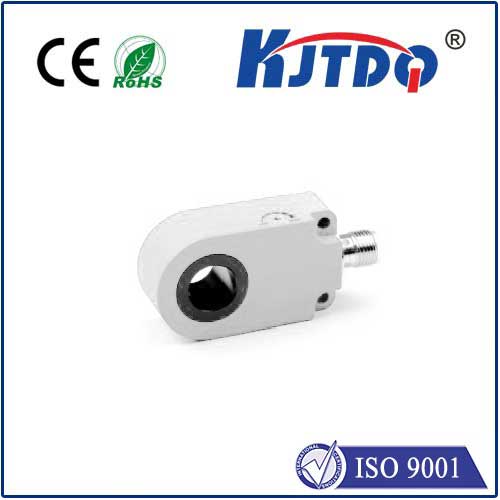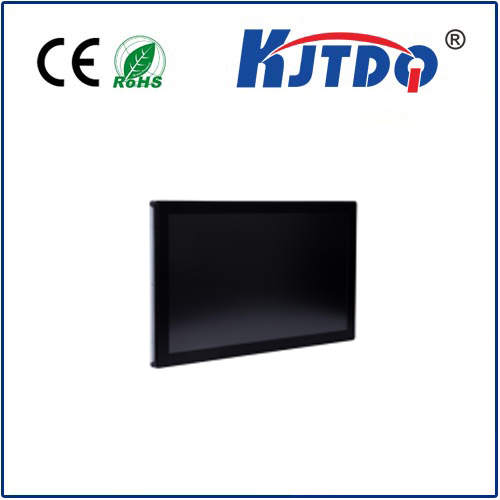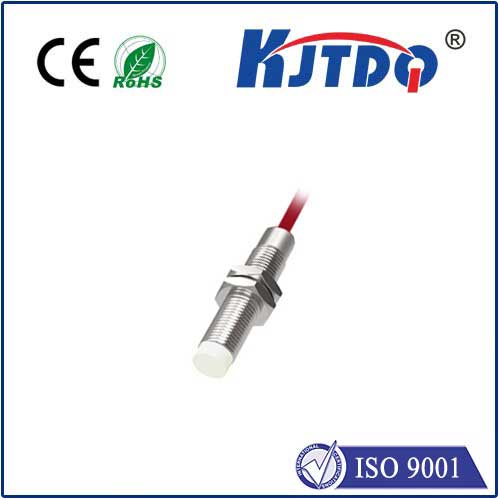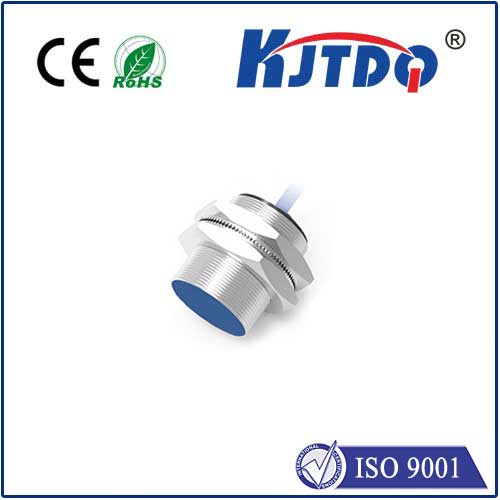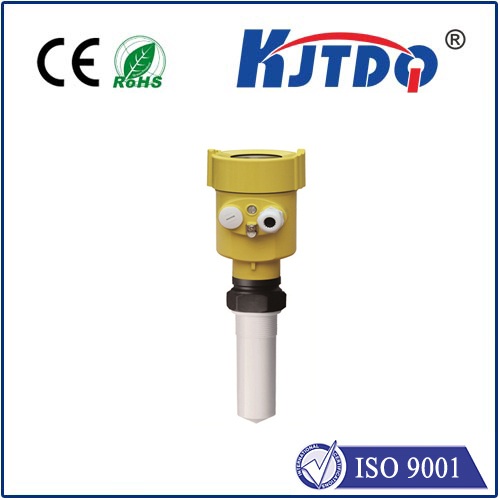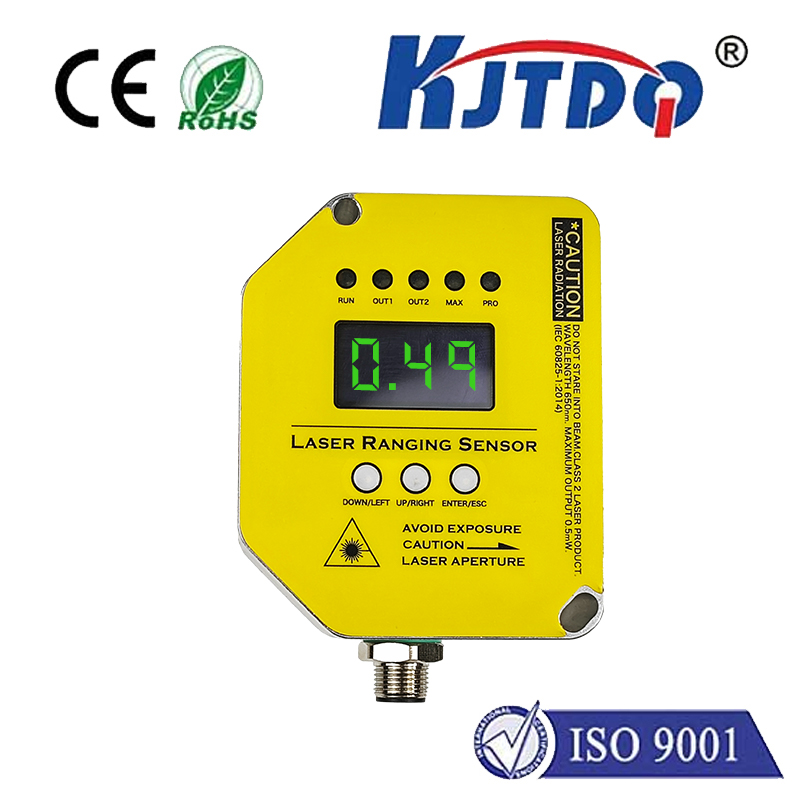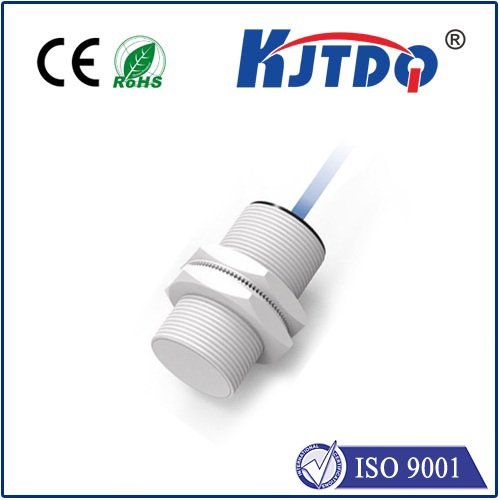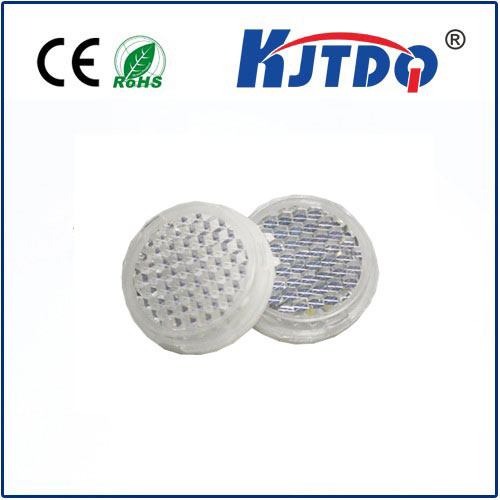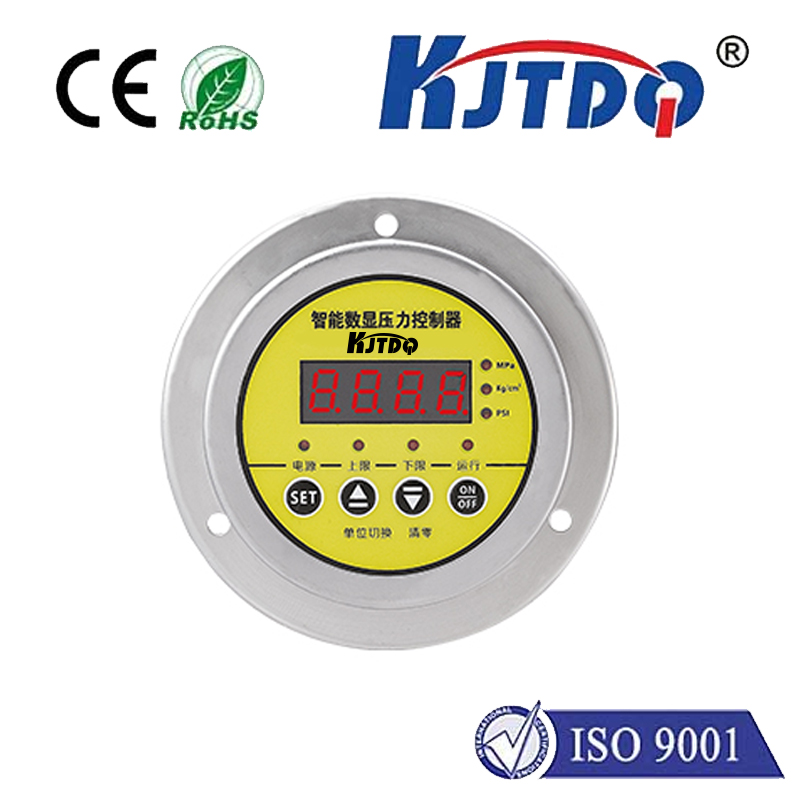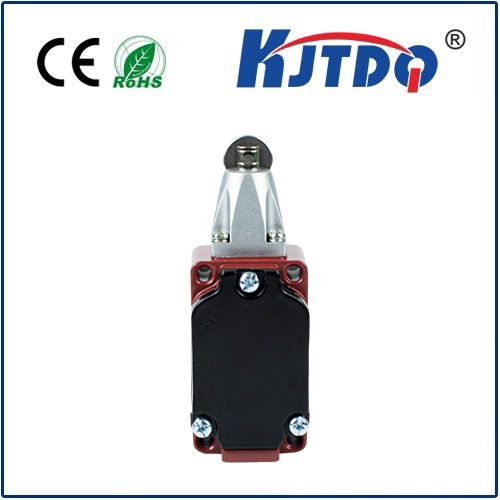
check

check

check

check
The advancements in sensor technology have revolutionized numerous industries, from industrial automation to healthcare. Low power proximity sensors, in particular, have gained significant attention due to their ability to provide accurate and reliable data while consuming minimal power. This dual-title article explores the potential benefits of low power proximity sensors and how they can be leveraged to achieve greater efficiency and flexibility in various applications.
Section 1: The Evolution of Low Power Proximity Sensors
Low power proximity sensors have come a long way since their inception. Initially, these sensors relied on passive techniques such as infrared (IR) and ultrasonic waves to detect objects and determine distances. However, as technology evolved, more sophisticated approaches were developed, including magnetic field sensors and optical sensing methods.
One of the key advantages of low power proximity sensors is their ability to operate silently and without emitters, making them ideal for sensitive environments such as healthcare and residential spaces. Additionally, their small size and low power consumption make them highly portable and suitable for a wide range of applications, from asset tracking to inventory management.
Section 2: The Benefits of Low Power Proximity Sensors in Various Industries
In the manufacturing industry, low power proximity sensors can be used to monitor the movement of products and ensure that they are being handled correctly. By integrating these sensors into production lines, businesses can reduce downtime and improve efficiency. Similarly, in logistics and transportation, low power proximity sensors can be employed to track shipments and prevent theft or loss.
In the healthcare sector, low power proximity sensors can aid in patient monitoring and remote care. By installing sensors in medical devices and wearables, doctors can remotely collect real-time data about patients' vital signs, allowing for earlier detection of complications and improved patient outcomes. Furthermore, these sensors can help minimize the use of personal protective equipment (PPE), reducing the risk of infection during procedures.
Section 3: Enhancing Efficiency and Flexibility with Low Power Prox
